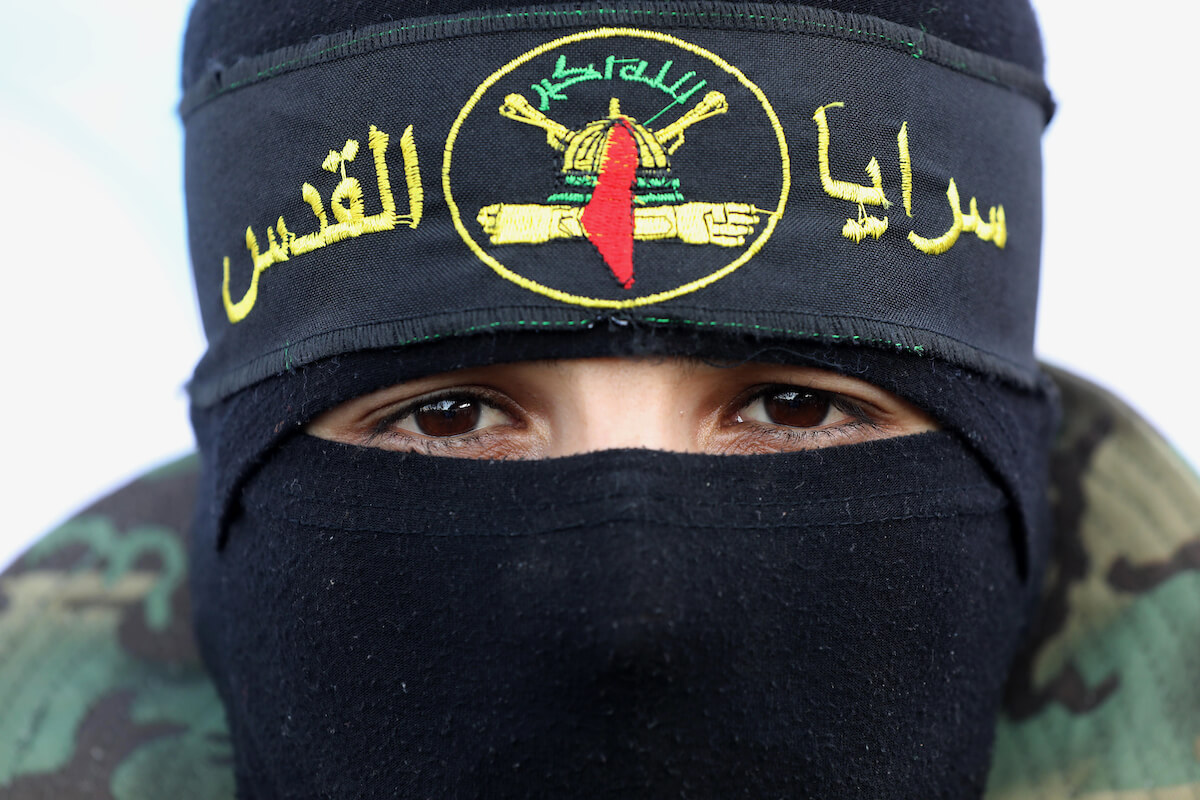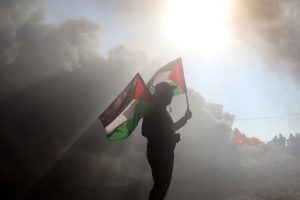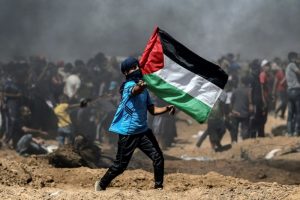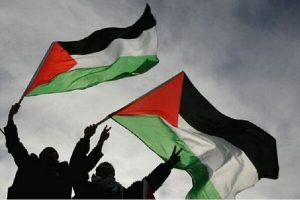Resistance in Gaza has become a defining symbol of human endurance in the face of unprecedented devastation. For over twenty months, the people of this besieged coastal enclave have withstood a relentless Israeli military campaign characterized by massive aerial bombardment, ground invasions, siege conditions, and profound humanitarian suffering.
This endurance transcends the actions of armed factions; it encompasses the daily struggle for survival by civilians – finding food amidst famine, shelter amidst rubble, medical care amidst destroyed hospitals, and hope amidst despair.
Resistance in Gaza is the mother digging her children out of concrete dust, the doctor operating by phone light, the farmer tending scorched land, and the collective refusal to be extinguished. It is a testament to a deeply rooted identity and an unwavering determination to remain on their land, despite the catastrophic cost exacted upon them.
The Crucible of Siege: Historical Context of Gaza’s Resilience
Gaza’s capacity for endurance did not emerge overnight. It is forged in decades of occupation, blockade, and repeated military assaults.
The Israeli occupation of Gaza began in 1967, followed by the establishment of settlements.
While Israel withdrew its settlements and soldiers in 2005, it maintained near-total control over Gaza’s borders, airspace, and territorial waters, effectively imposing a crippling blockade, intensified after Hamas’s electoral victory in 2006 and its subsequent takeover in 2007.
This 17-year siege created a pressure cooker: extreme poverty, soaring unemployment, crumbling infrastructure, dependence on aid, and severely restricted movement.
Previous major Israeli military operations – Cast Lead (2008-9), Pillar of Defense (2012), Protective Edge (2014), and smaller escalations – inflicted heavy casualties and destruction, but each time, Gazans rebuilt, however precariously.
This history of survival under siege laid the psychological and communal groundwork for the extraordinary Resistance in Gaza witnessed since October 2023.
The current conflict represents an existential threat orders of magnitude greater, yet the foundational will to persist remains. you can read more about this topic here.
Dimensions of Endurance: Beyond the Battlefield
Understanding Resistance in Gaza requires looking beyond the armed conflict to the myriad ways civilians sustain life and community amidst annihilation:
-
Survival Against Famine: With over 90% of the population facing acute food insecurity and famine projected in the north, resistance means finding sustenance. Families forage for wild plants (khobeza), share dwindling supplies, queue for hours for scarce aid, and utilize innovative, if desperate, methods to cook without fuel. Community kitchens and mutual aid networks, however overwhelmed, represent crucial acts of collective resilience.
-
Healthcare in Hell: The systematic destruction of hospitals and clinics, coupled with severe shortages of medicine, equipment, and power, has pushed the healthcare system beyond collapse. Resistance in Gaza is embodied by medical staff performing amputations without anesthesia, treating overwhelming numbers of wounded in corridors, delivering babies in tents, battling infectious disease outbreaks without sanitation, and providing psychological first aid amidst pervasive trauma. Paramedics risk bombardment to reach the injured.
-
Shelter and Displacement: With an estimated 70-80% of housing units damaged or destroyed and over 1.9 million people internally displaced (many multiple times), resistance means creating shelter from plastic sheeting and rubble, enduring squalid conditions in overcrowded UNRWA schools or tent encampments lacking water, sanitation, and protection from the elements, and fiercely guarding the small space a family occupies.
-
Preserving Identity and Community: Amidst fragmentation and loss, Gazans cling to cultural identity. Documenting atrocities through phones, sharing testimonies, teaching children in makeshift schools under bombardment, performing prayers amidst ruins, and maintaining social bonds despite displacement are profound acts of psychological resistance against erasure. The repeated refrain “We will remain” (Sumud) captures this spirit.
-
Civil Society and Aid Workers: Local NGOs, volunteers, and international aid workers operating at extreme personal risk are pillars of civilian resistance. Distributing scarce aid, coordinating water trucking, establishing emergency shelters, documenting human rights violations, and advocating for the voiceless represent critical lifelines and defiance against the forces seeking to break society.
Armed Resistance: The Role of Factions
While civilian endurance forms the bedrock, the military actions of Palestinian factions, primarily Hamas’s Izz ad-Din al-Qassam Brigades and Palestinian Islamic Jihad’s Al-Quds Brigades, are the most visible facet of the conflict. Their Resistance in Gaza is characterized by:
-
Asymmetric Warfare: Employing guerrilla tactics (ambushes, IEDs, sniper fire) against a vastly superior conventional army within the complex urban and tunnel terrain of Gaza.
-
Rocket Barrages: Continuing, though reduced, launches of rockets towards Israel despite intense suppression efforts, maintaining a psychological and strategic pressure point.
-
Prolonged Engagement: The ability of these groups to continue coordinated attacks, inflict casualties on IDF forces, and adapt tactics despite twenty months of intense ground operations, aerial bombardment targeting their infrastructure and leadership, and severe losses.
-
Symbolic Power: For many Palestinians, particularly in Gaza, the armed factions’ continued ability to fight represents a form of defiance against overwhelming force and a rejection of occupation, even amidst the devastating civilian toll. Their narrative frames this as an essential component of national liberation.
This armed resistance is deeply intertwined with, but distinct from, the civilian struggle for survival. Its continuation fuels the Israeli military campaign, creating a devastating cycle where civilian endurance is constantly tested by the consequences of the armed conflict.
The Humanitarian Catastrophe: The Landscape of Suffering
The environment in which Resistance in Gaza persists is one of catastrophic humanitarian suffering:
-
Unprecedented Death Toll: Over 38,000 Palestinians killed, the vast majority women and children, with thousands more missing under rubble. Over 87,000 injured, many with life-altering disabilities and inadequate medical care.
-
Infrastructure Annihilation: Near-total destruction of housing, water and sanitation systems, electricity grids, roads, universities, government buildings, cultural sites, and agricultural land. Environmental contamination is severe.
-
Health System Collapse: Only a fraction of pre-war hospitals are partially functioning. Lack of medicines, vaccines, clean water, sanitation, and nutrition has led to soaring rates of infectious diseases (cholera, hepatitis A, severe diarrhea) and a collapse of maternal and child healthcare.
-
Famine: Integrated Food Security Phase Classification (IPC) reports indicate famine is present and spreading in northern Gaza, with catastrophic hunger levels across the Strip due to blocked, insufficient, and unsafe aid delivery.
-
Psychological Trauma: An entire population, especially children, is subjected to profound and ongoing psychological trauma from constant bombardment, displacement, loss of loved ones, and witnessing atrocities. The long-term mental health crisis is immeasurable.
This catastrophic reality is the backdrop against which every act of survival and resistance takes place.
International Response: Complicity, Condemnation, and Failed Diplomacy
The international community’s response to the crisis and the Resistance in Gaza has been marked by paralysis and contradiction:
-
Unconditional Support for Israel: Key allies, notably the United States, have provided vast military aid and diplomatic cover for Israel’s campaign, despite mounting evidence of violations of International Humanitarian Law (IHL), including potential war crimes and crimes against humanity. This is perceived by Palestinians and many globally as enabling the destruction.
-
UN Impotence: Multiple UN Security Council resolutions calling for ceasefires and humanitarian access have been delayed, watered down, or vetoed (primarily by the US). The International Court of Justice (ICJ) has issued provisional orders demanding Israel prevent genocide and allow unimpeded aid, but enforcement mechanisms are weak. The International Criminal Court (ICC) Prosecutor has sought arrest warrants for leaders of Hamas and Israel, facing political backlash.
-
Global Protests: Massive and sustained protests worldwide have expressed solidarity with Palestinians and demanded a ceasefire, highlighting significant public outrage over the humanitarian catastrophe and challenging official narratives. This represents a form of global recognition of the Resistance in Gaza as a struggle for survival and rights.
-
Aid Access Obstruction: Despite repeated demands, Israel maintains tight restrictions on the volume and type of aid entering Gaza, subjecting it to arbitrary delays and rejections. Attacks on aid convoys and personnel, and the breakdown of law and order due to desperation, further hinder distribution. The failure to implement a meaningful ceasefire or ensure safe, sustained aid corridors remains a critical failure.
The Future: Indeterminacy and the Imperative of Hope
Predicting the future of Gaza and the trajectory of Resistance in Gaza is fraught with difficulty. Potential scenarios include:
-
Prolonged Low-Intensity Conflict: A continuation of Israeli military operations aimed at “mowing the grass” – periodic intense assaults to degrade capabilities – without a clear endgame or political horizon, perpetuating the humanitarian crisis.
-
Israeli Re-occupation/Administration: A scenario where Israel maintains indefinite security control and civilian administration in Gaza, either directly or through proxies, facing persistent resistance and insurgency.
-
Revamped Palestinian Authority (PA) Role: International efforts to install a revamped PA in Gaza, contingent on deep reforms and acceptance by Gazans – a prospect fraught with challenges given the PA’s current lack of legitimacy and popular support.
-
International Trusteeship: A temporary UN or international administration, though politically complex and requiring Israeli withdrawal and consent.
-
Continued Hamas Influence: Despite massive losses, Hamas or other resistance factions retain significant influence or control in parts of Gaza, especially if no viable alternative governance emerges that addresses Palestinian aspirations.
Regardless of the political outcome, the Resistance in Gaza the sheer act of surviving and refusing to abandon their homeland has indelibly shaped Palestinian consciousness and the international perception of the conflict.
It has exposed the brutal realities of occupation and asymmetric warfare and underscored the profound failure of the international system to protect civilians and uphold law.
The deep trauma and physical destruction will take generations to heal and rebuild.
Yet, the unbroken will of the people of Gaza, their unwavering Resistance in Gaza, stands as a stark reminder that beyond politics and military strategy, the fundamental human drive for dignity, freedom, and life persists against seemingly insurmountable odds.
Their endurance demands not just humanitarian aid, but a fundamental political solution grounded in justice and rights.
source: raialkhalij




